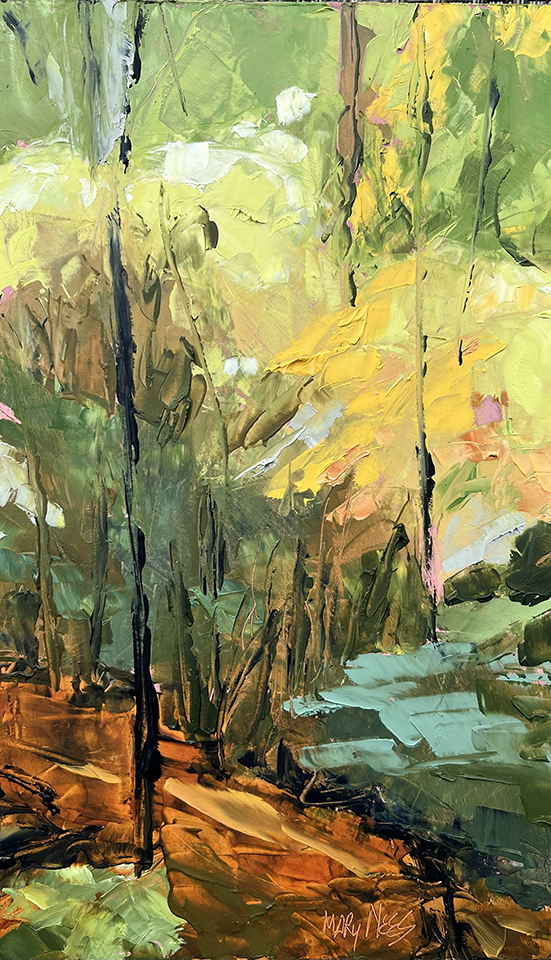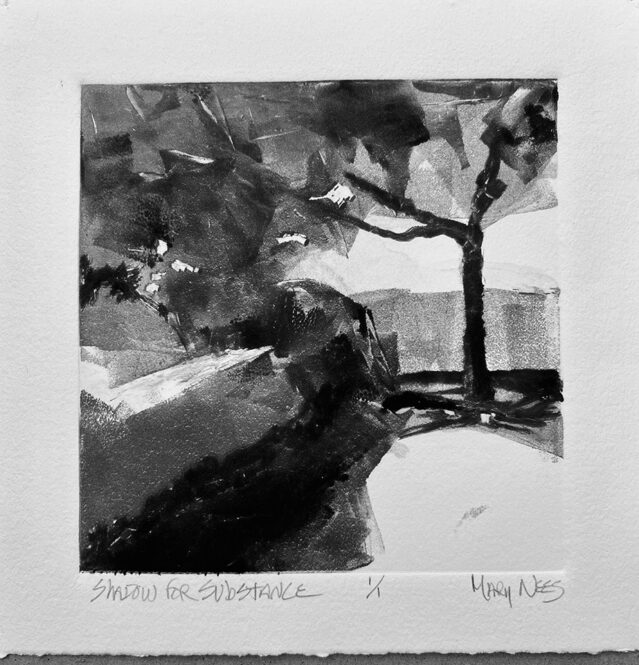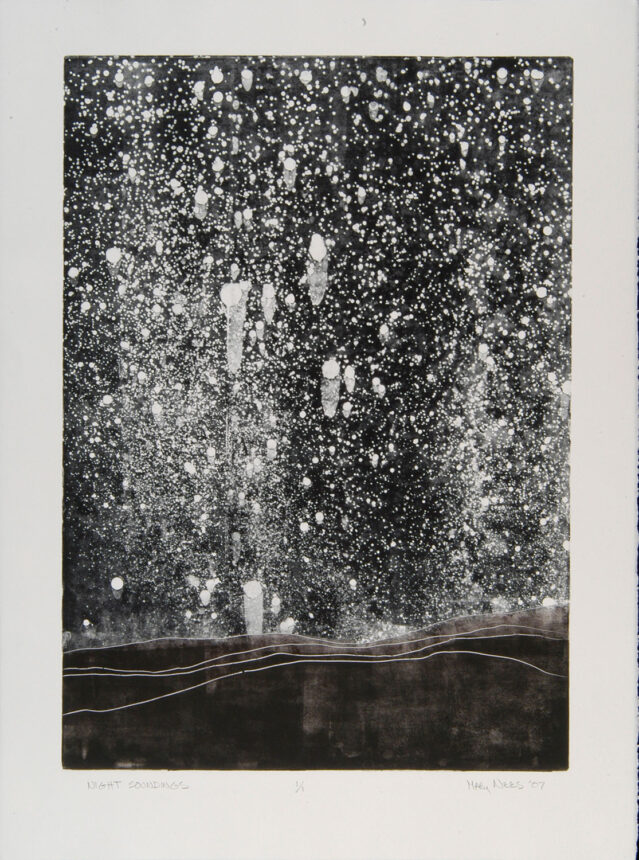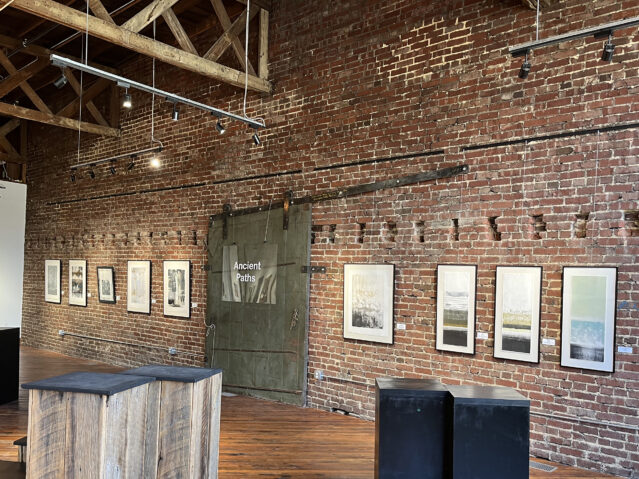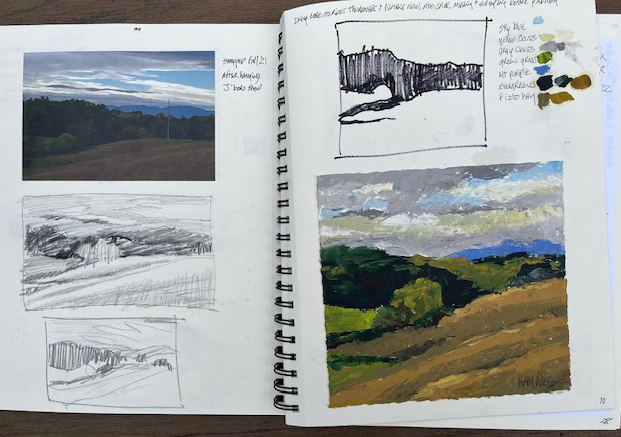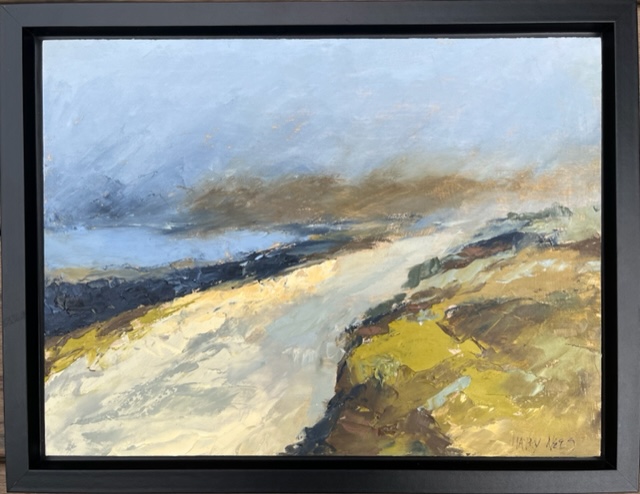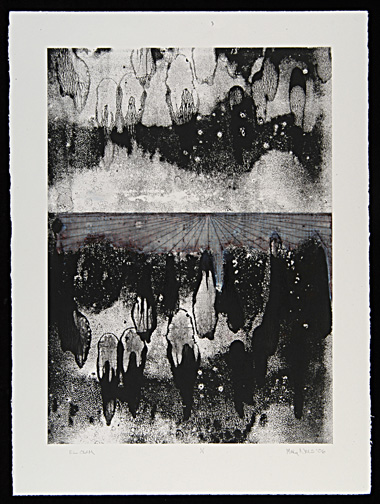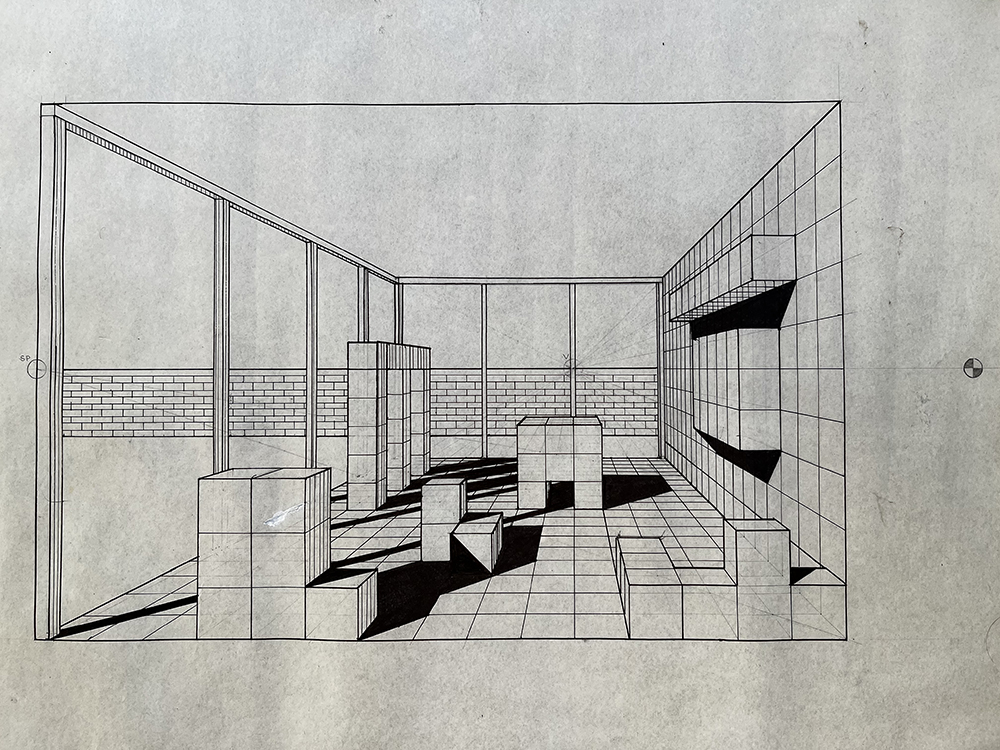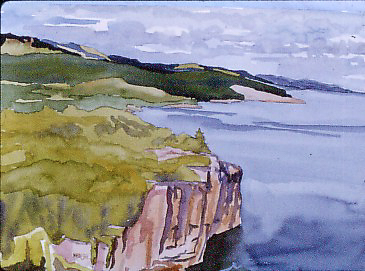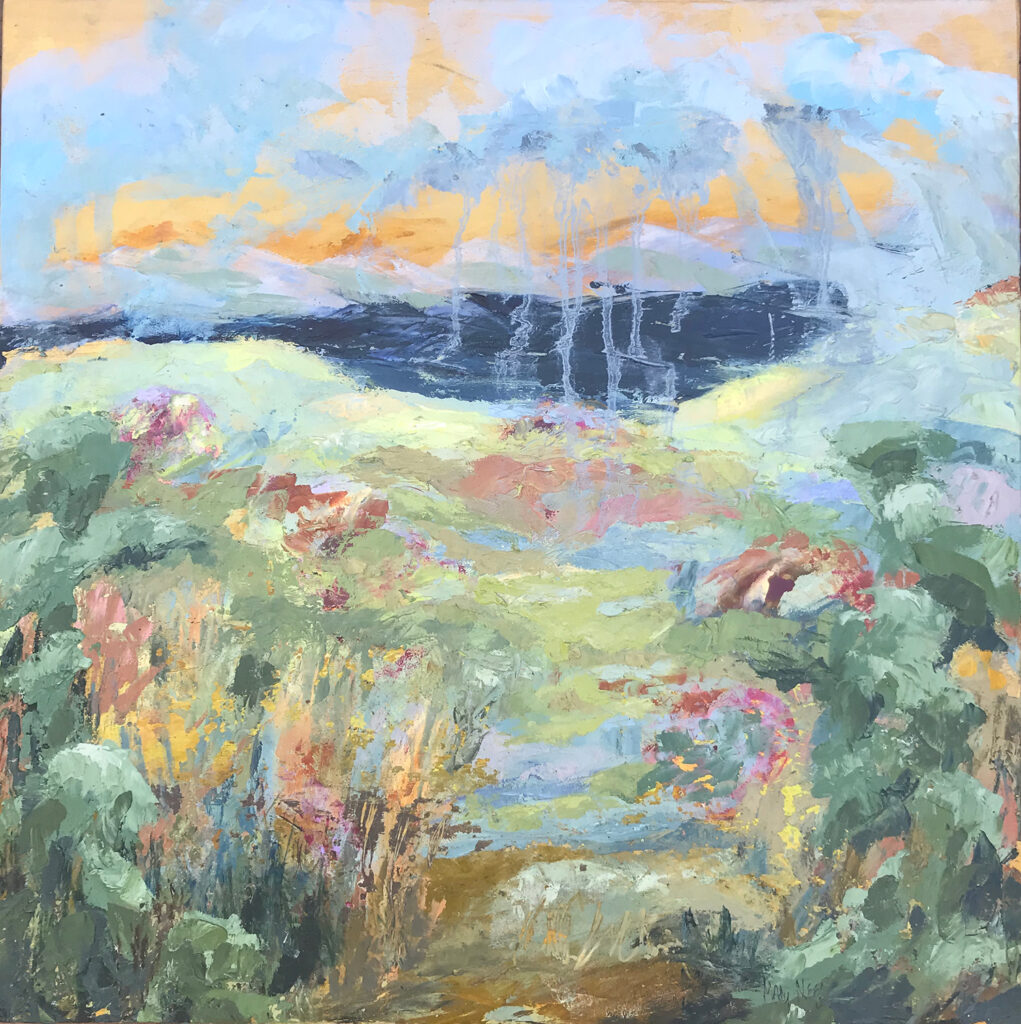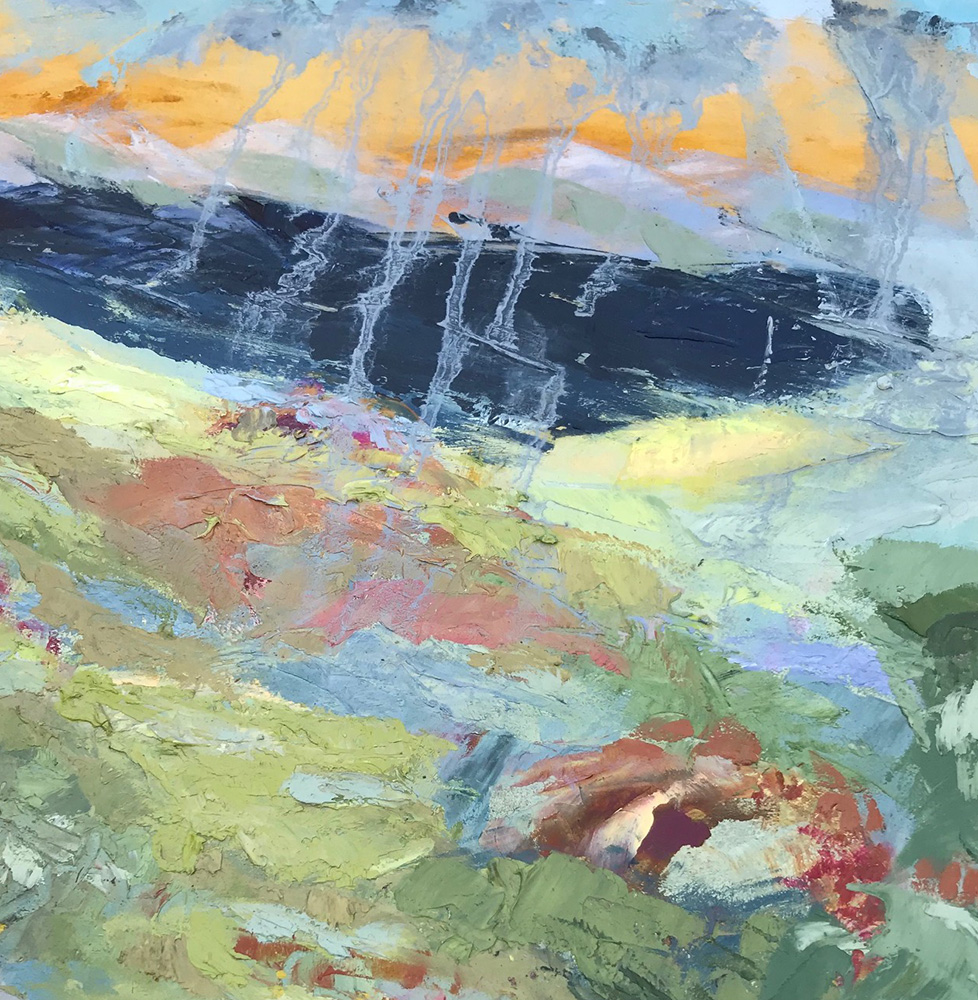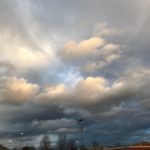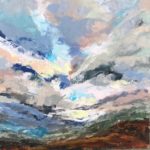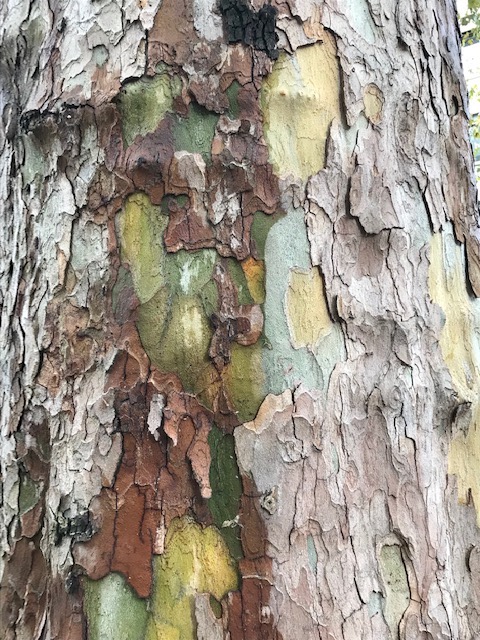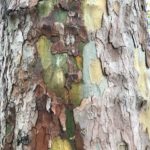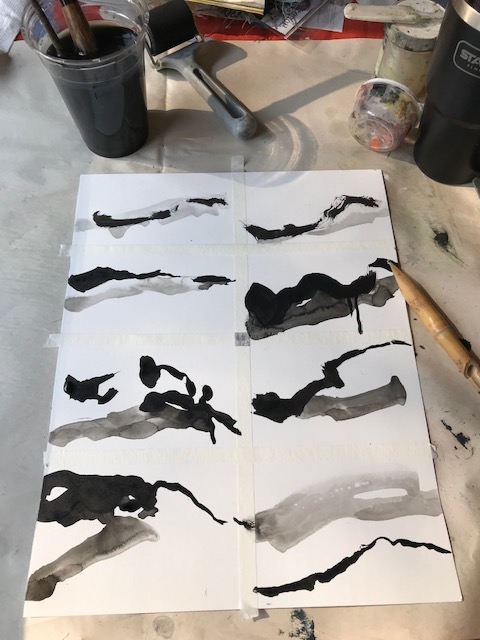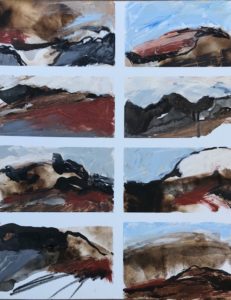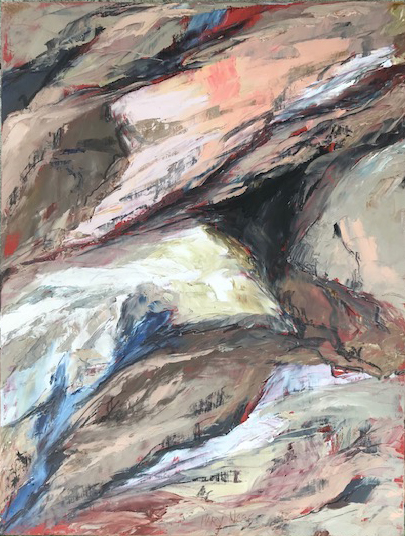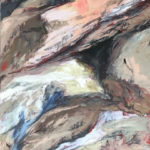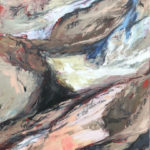There is a phrase that I’ve heard bandied about so much that it has made me cringe, like nails on chalkboard. You’ve heard it often also “let’s bring this up to the next level” as if everything that went before was value-less. As if we must drag ourselves up to a new version before we can be effective. Especially irritating has this verbiage been for me when I’ve heard a Pastor say this, using the parlance of modern promotion to sell an idea. It’s an inside joke in our house now. ‘Next level’ stuff feels like sleight of hand.
Why? because all that went before has intrinsic value. And it not only remains but is the source for what follows. Authentic growth comes from somewhere real and is not dragged or pushed but rather emerges with the remnants of history incorporated into it.
It was interesting therefore for me to hear a British artist I follow on Instagram say something similar this week. I guess in Britain the catch phrase for jump starting improvement is “leveling up”. It’s the same promotional idea. Cringeworthy. And this artist counters that instead of this expectation that we all must be lurching forward with giant steps, rather she allows a gentler recognition of stages and growth in our work.
I therefore am happy to post this painting, accomplished this week in a matter of hours. It surprised me. It is not “next level” but rather evidence in paint of where I’ve been practicing and hoping to go. The lights and darks stand out and relate in interesting ways. I was able to keep to a simplicity of composition without messing it with fussiness. That and gestural suggestion are what I’ve long hoped to achieve. I used enough paint. I took my time mixing up the values I selected to form the space. And the color holds interest. It expresses the warms and the cools which were so beautiful on a Fall hike recently. I caught something here in the rendering of a remembered day that makes me smile with hope. It’s like I could die tomorrow and be satisfied. No levels needed.
It’s the season of Christmas and Mary’s humble song has been rolling through my mind too. She identifies her lowly position while her relationship with the Most High is what gives her reason to exult. She references all that has been laid down before, she incorporates past words and present pressures into an exclamation of future surety. This was not promotion, this was praise. This was confident expectation spoken from the young private voice of a peasant woman. Cosmic consequence would emerge gently, slowly, and then the whole world would be adjusting to the import. First a seed, then a bud, then full bloom, then a multiplied harvest. This is the way the Creator works. He takes time. He uses all that has already been laid down. Then He surprises. It’s all a piece. How fortunate that through her words , recorded so carefully, we get a glimpse of how glory comes.
